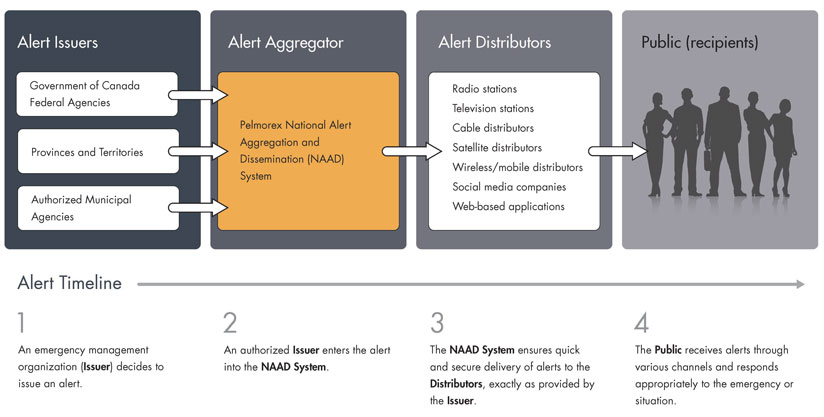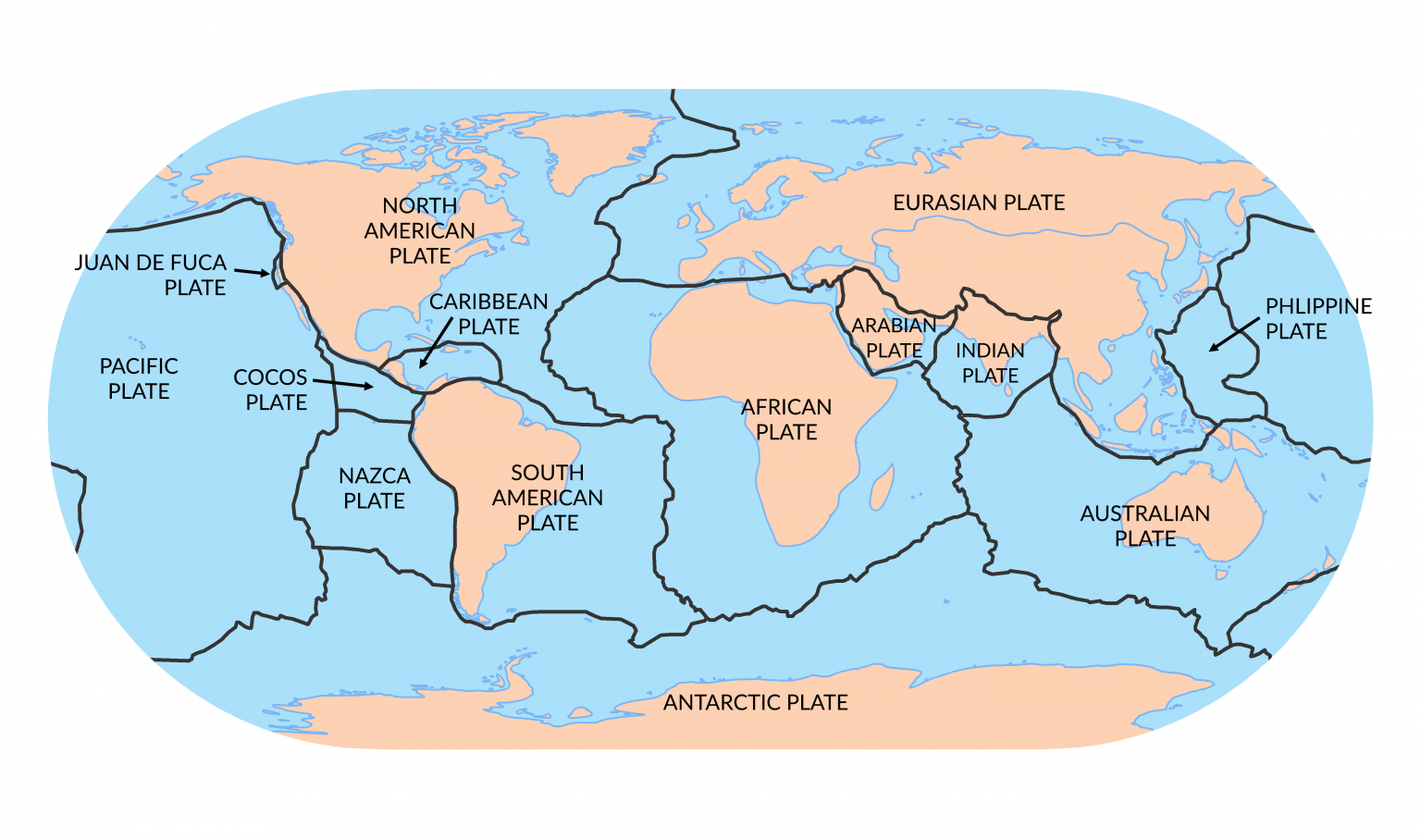Volcanoes in Canda
The "Ring of Fire," which some also call the Circum-Pacific Belt, runs along many different country's paths along the Pacific Ocean. Unbeknownst to many Canadians, it also runs along Canada. It's where many active volcanoes and seventy-five percent of Earth's volcanoes are located. In that path are frequent earthquakes. About ninety percent of Earth's earthquakes take place in areas of the "Ring of Fire."
Counting the most dramatic and violent seismic events.
In Canada, the most recent eruption happened around 150 years ago, in Lava Fork in northwestern British Columbia. However, 2350 years ago, Mount Meager was where Canada's big explosive eruption happened, and the ash layer from this event can currently be found as far in the distance as Alberta.
Below is a map of the "Canadian volcanoes that have erupted in the last 1.8 million years" and the five volcanic areas that are potentially active. These areas are located in the Yukon Territory and British Columbia.
Although Canada does have potentially active volcanoes. Wind-borne ash is the most significant hazard from distant volcanoes such as Mount Baker, located over the Washington State border. If Mount Baker erupted, Canada would likely experience flooding, mudflows in nearby valleys, and ash falls. Which would be very harmful and threaten people with respiratory problems, damage crops, contaminate water, and damage aircraft, as seen in the image below of an aircraft window frosted by volcanic ash, affecting visibility.
Canada has done some things to prepare and help spread awareness: surveys and using tools like seismographs, seismic monitoring stations, GPS instruments or satellite imagery, and Nazko gas monitoring. The Government of Canada has a Get Prepared website for hazards and emergencies.
Sources:
https://chis.nrcan.gc.ca/volcano-volcan/how-comment-en.php









